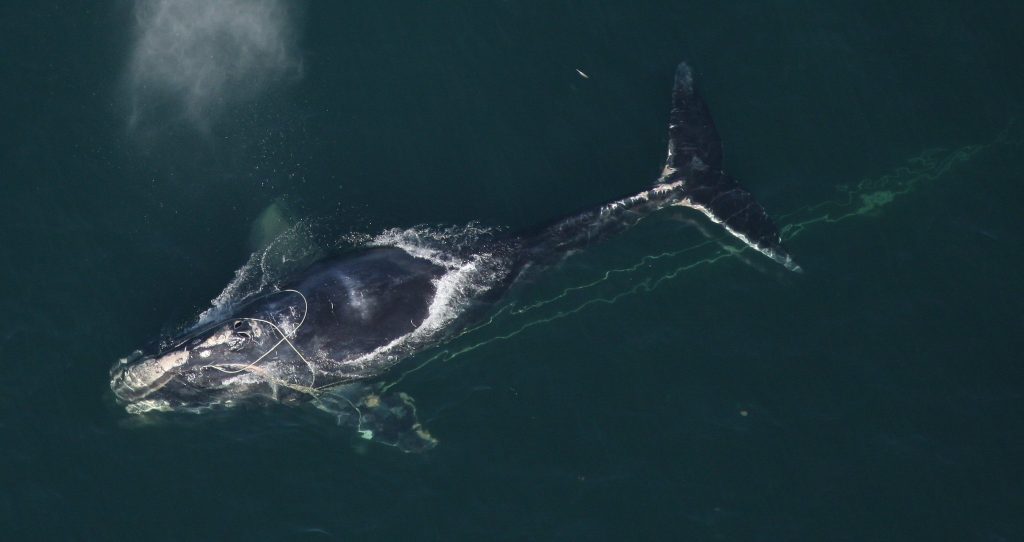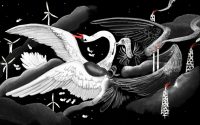The Ever Changing Field of Journalism: Technological Advancements
by Max Lulavy, October 28, 2019
Journalism is an ever changing field, always has been and always will due to the nature of rapid technological advancements in society. In the beginning stages of Journalism, journalism was an individualized field, exclusive to the few who were lucky enough to be payed to write for media stations. This has changed dramatically as journalism has become collaborative, participatory, and dependent on a large network to report accurately and fairly. Even more importantly the advent of multimedia platforms has created new grounds or convergence media, which has become much more accessible in the new age of technology. These ideas are heavily discussed in “The Future of Journalism” by Hark et al. and in Covering the Environment by Bob Wyss. More importantly, these are proven in print and online works of National Geographic and being advanced by companies such as Virtual Wonders, a multimedia 3D platform company, whose goal is to preserve the world’s greatest archeological and natural wonders using AR, VR, Mobile and Console Gaming, Premium Large Format Screens, Video, Stills, Exhibits, and 3D Printing.

Photo Credit: Florida Memory, https://www.flickr.com/photos/floridamemory/7026619371
In Wyss’s Covering the Environment, he discusses how to write a developed story or a feature, where there is human interest and a need to answer a research question. In doing so, a lot of research is needed to support the anecdotes with facts. On the other hand, Hark et al.’s “The Future of journalism” discusses visual storytelling through digital platforms, such as photos, videos, audio, maps, Augmented Reality (AR), and Virtual Reality (VR). The ideas of collective intelligence, networked journalism, and visual storytelling is discussed as they claim “If there are no images, there is no news” (Hark et al, 2012).
The Technological Drive
This is evident today, and is proved by an article I came across by National Geographic, titled “This common fishing practice endangers an entire whale species” by Jason Treat and Kelsey Nowakowski. The potential, and sadly likely, extinction of the North Atlantic Right Whale is expressed not just in words, but is wonderfully shown through well illustrated pictures and maps that not only express the issues, but also visualize answers to solve the problem. The common saying “a picture is worth 1,000 words,” is vitally important in today’s times, and this article, created by one of the world’s most famous magazines, explains more through pictures than in words, as we follow the step by step process of how a Right Whale may become permanently tangled in fishing lines used for traps.

Photo Credit: NOAA Photo Library, https://www.flickr.com/photos/noaaphotolib/11468719096
Even more shocking, is the work that is done by Virtual Wonders, who collaborate with various stakeholders to 3D map vitally important areas of the world. In doing so, areas are preserved that may eventually disappear due to our ever changing world. Their team includes a highly skilled set of explorers and experts to accomplish technological feats, that were never even imaginable before the turn of the century. With their technology AR and VR is exhibited throughout the world, which can inspire young journalists to further document and preserve such magnificent areas.
Video Credit: Smithsonian Magazine, https://www.youtube.com/watch?v=Re-AALgJTaw
Work Cited
Hark, B., M. Castells, and M. Parks. 2012. The Future of Journalism. Multiple Journalism. Accessed October 28, 2019.
Nowakowski, K. and Treat, J. 2019. This common fishing practice endangers an entire whale species. National Geographic. Accessed October 28, 2019.
Wyss, Bob. Covering the environment: How journalists work the green beat. New York: Routledge, 2008. Print.
Add a Comment
You must be logged in to post a comment.

